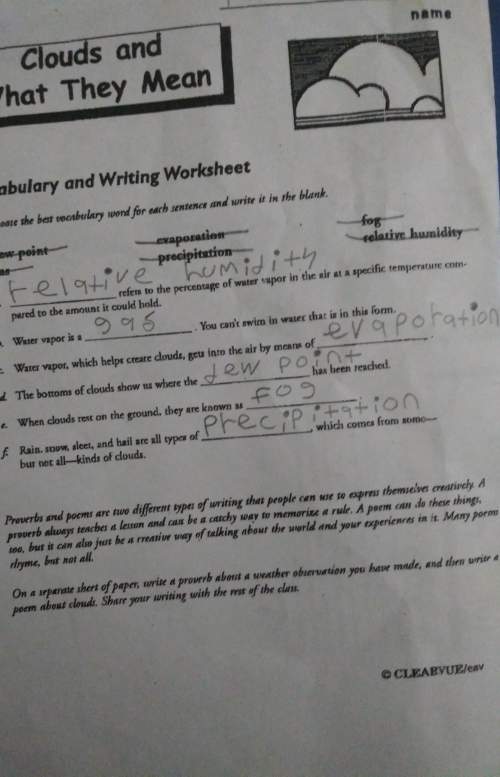
Physics, 02.08.2019 16:30, Lalawhite1082
Abowling ball of mass 7.5 kg and radius 9.0 cm rolls without slipping 10 m down a lane at 4.3 m/s. (a) calculate the angular displacement of the bowling ball. (b) calculate the angular velocity of the bowling ball. (c) calculate the radial acceleration of the bowling ball. (d) calculate the tangential acceleration of the bowling ball.

Answers: 1
Other questions on the subject: Physics

Physics, 21.06.2019 21:20, mmaglaya1
Which of the following explains why it took so long for the public to accept the negative health effects of smoking? a)people were waiting for counter reasons, and those were presented. b)scientists had not completely finalized their results, which took 30 years. c)cigarettes were cheaply available and media channels were very inefficient. d)cigarette manufacturers were trying hard to bring an alternative into the market
Answers: 3

Physics, 21.06.2019 21:20, janayshas84
An artificial satellite circles the earth in a circular orbit at a location where the acceleration due to gravity is 6.03 m/s^2. determine the orbital period of the satellite.
Answers: 3

Physics, 22.06.2019 20:30, justaguy15
Atypical jetliner lands at a speed of 146 mi/h and decelerates at the rate of (10.4 mi/h)/s. if the jetliner travels at a constant speed of 146 mi/h for 1.5 s after landing before applying the brakes, what is the total displacement of the jetliner between touchdown on the runway and coming to rest?
Answers: 2

Physics, 22.06.2019 23:00, hannah1072
Imagine an isolated positive point charge q (many times larger than the charge on a single proton). there is a charged particle a (whose charge is much smaller than charge q) at a distance from the point charge q. on which of the following quantities does the magnitude of the electric field created by charge q at particle a's position depend? check all that apply. the type of the charge on the charged particle athe relative orientation between q and a (while the distance between q and a is fixed)the specific location of the charged particle a (while the distance between q and a is fixed)the amount of the charge on the point charge qthe specific location of the point charge q (while the distance between q and a is fixed)the distance between the point charge q and the charged particle athe amount of the charge on the charged particle a
Answers: 3
Do you know the correct answer?
Abowling ball of mass 7.5 kg and radius 9.0 cm rolls without slipping 10 m down a lane at 4.3 m/s. (...
Questions in other subjects:



Business, 08.10.2019 20:00













